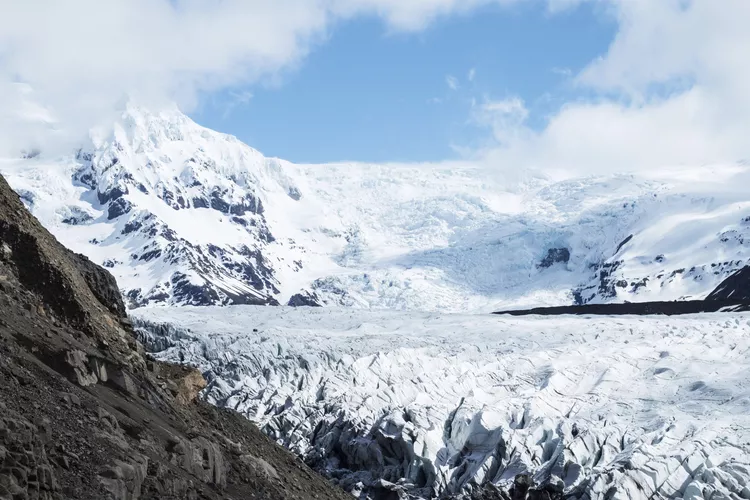Summary
Hvannadalshnúkur
Address: Hvannadalshnúkur, 785, Iceland
This peak, located in Vatnajokull National Park, is Iceland’s tallest, reaching heights of over 6,950 feet. Its summit, covered in ice year-round, offers breathtaking views, particularly when approaching from the Glacier Lagoon in Vik. Though a local guide is not necessary for hikes in the area, it is advisable for those intending to summit due to the icy terrain.
Bárðarbunga

Address: Bárðarbunga, 645, Iceland
Bárðarbunga, reaching nearly 6,600 feet, rests on Vatnajokull, Europe’s largest glacier. Despite being inactive since 1864, significant seismic activity makes this area notable. With eruption intervals of approximately every 250-600 years, monitoring continues for possible volcanic activity.
Hofsjökull

Address: Hofsjökull, 561, Iceland
As the third-highest mountain in Iceland, Hofsjökull stands at 5,791 feet and spans 24 miles wide. Not only is it visually striking, but it also hosts one of the largest subglacial caldera volcanoes. Interestingly, the last significant eruption occurred over 12,000 years ago, making this site historically important.
Herðubreið

Address: Herðubreið, 660, Iceland
Recognized as Iceland’s “National Mountain” since 2002, Herðubreið peaks at 5,518 feet and is surrounded by the largest lava field in the country, called Odadahraun. Its stunning isolation and visual prominence make it a favorite among outdoor enthusiasts and photographers alike.
Eiríksjökull

Address: Eiríksjökull, 311, Iceland
Eiríksjökull is characterized as a table mountain, standing at 5,495 feet and offers a rigorous hike in West Iceland. Notably, it’s encircled by glacier ice, creating a serene and stunning landscape that attracts both hikers and photographers alike.
Eyjafjallajökull

Address: Eyjafjallajökull, 861, Iceland
Eyjafjallajökull gained notoriety due to its significant eruption in April 2010, which affected air travel across Europe. The mountain, however, remains a prominent feature of many tours in southern Iceland, showcasing its beauty and geological significance.
Kerling

Address: Kerling, 605, Iceland
Kerling, often referred to as “Old Hag,” stands at 5,045 feet in a largely uninhabited region of western Iceland. The mountain is steeped in folklore and legend, adding to its intrigue. The tale of Kerling suggests it was once a female troll who would attempt to reshape the landscape, showcasing nature’s power and mythical storytelling.
Hekla

Address: Hekla, 851, Iceland
Known as the “Gateway to Hell,” Hekla is one of Iceland’s most notorious and active volcanoes. Its eruptions are powerful and frequent, attributed to its position along a significant rift. This mountain not only shapes the landscape but is responsible for approximately 10 percent of Iceland’s landmass due to eruptions.
Trölladyngja

Address: Trölladyngja, 645, Iceland
Trölladyngja, also known as “Troll Mountain,” boasts a modest height of 902 feet. This peak, part of the Krísuvík Geothermal Area, is famous for its colorful geothermal activity. Hikers can enjoy a dual view of the nearby Grænadyngja, which stands taller at 1,289 feet, making it a rewarding journey for those seeking to explore the area’s natural beauty.





